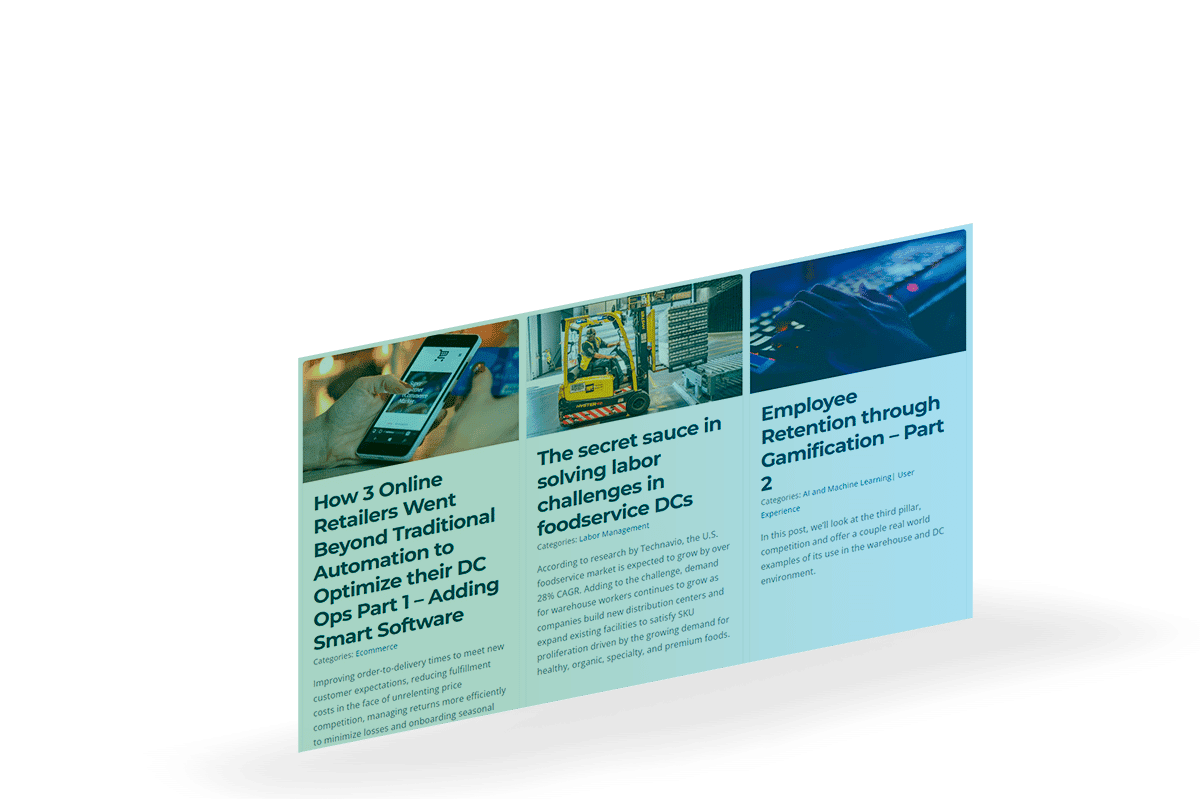Optimizing Competitive Returns
In today’s highly competitive business environment, organizations are constantly seeking efficient methods to enhance their competitive return strategies. According to recent studies, companies that effectively optimize their returns can increase their profitability by as much as 30%. With advancements in technology and data analytics, the capabilities to refine these strategies have never been better. This article will delve into vital aspects of optimizing competitive returns, exploring the underlying principles and presenting actionable strategies that can lead to significant improvements.
This exploration is particularly relevant for stakeholders in the financial, retail, and service industries who are aiming to boost their returns through strategic planning and execution. Readers will gain insight into the essential components of return optimization, including effective methodologies, measurable KPIs, and innovative technologies. We will also discuss how organizations can leverage existing data to understand their return pathways better.
This article will cover:
- The Importance of Competitive Returns
- Key Metrics for Measuring Returns
- Strategies for Enhancing Return on Investment (ROI)
- The Role of Technology in Return Optimization
- Case Studies: Successful Return Optimization
- Future Trends in Return Strategies
The Importance of Competitive Returns
Understanding why competitive returns matter is crucial for any business. Competitive returns not only enhance financial performance but also influence a company’s market positioning. When businesses focus on optimizing returns, they can allocate resources more effectively, leading to increased efficiency across the board. Competitive returns can drive stakeholder satisfaction, enhance brand reputation, and create a lasting competitive edge.
Defining Competitive Returns
Competitive returns refer to the returns generated in comparison to industry benchmarks and competitors. These metrics provide an understanding of how well a company is performing within its sector. Companies striving to optimize these returns should focus on examining their financial health against key performance indicators (KPIs) relevant to their industry.
Why Measuring Returns is Critical
Effective measurability provides not only insights into performance but highlights areas that need improvement. By focusing on robust return measurement frameworks, businesses can:
- Understand the return landscape
- Identify underperforming areas
- Benchmark against peers
- Make data-driven decisions
Key Metrics for Measuring Returns
To effectively optimize returns, businesses must focus on the right metrics. Some of the essential metrics to consider include:
Return on Investment (ROI)
The most widely recognized metric, ROI, measures profitability relative to the costs invested in achieving those profits. It acts as a crucial indicator for assessing the effectiveness of investment strategies.
Calculating ROI
The formula for ROI is simple:
ROI = (Net Profit / Cost of Investment) x 100
This formula helps businesses quantify their returns and gauge the success of various initiatives.
Return on Assets (ROA)
ROA measures how effectively a company is using its assets to generate earnings. Understanding ROA helps businesses assess operational efficiency.
Calculating ROA
ROA can be calculated using:
ROA = (Net Income / Total Assets) x 100
Strategies for Enhancing Return on Investment (ROI)
Optimizing competitive returns requires strategic initiatives tailored to business goals. Here are effective strategies that can be employed:
Leveraging Data Analytics
Data analytics can provide invaluable insights into customer behavior, market trends, and operational efficiencies. By adopting a data-driven approach, companies can make informed decisions that can lead to enhanced returns.
Implementing Predictive Analytics
Predictive analytics can help organizations forecast trends and consumer behaviors, allowing for proactive strategy formulation.
Maximizing Marketing Efforts
Investing in targeted marketing efforts ensures that resources are spent where they can generate the highest returns. Understanding customer segmentation and preferences can significantly impact marketing ROI.
Exploiting Omnichannel Strategies
Using an omnichannel approach can facilitate a seamless customer experience, inherently driving better conversion rates and higher returns.
The Role of Technology in Return Optimization
As we venture deeper into the digital age, technology has become a linchpin for business strategy, especially in return optimization. Integrating technology into business processes can yield significant advantages:
Utilizing Cloud-Based Solutions
Cloud technologies enable organizations to manage data, analyze patterns, and implement strategic initiatives more effectively in real-time.
Automation of Processes
Automating repetitive processes helps organizations improve efficiency and reduce human error, thereby optimizing resource allocation.
Case Studies: Successful Return Optimization
To underscore the importance of these strategies, examining real-world examples can illuminate the pathways to return optimization.
Company A: Streamlining Operations
Company A approached return optimization by utilizing data analytics to identify inefficiencies in their supply chain. Through targeted interventions, they managed to increase their ROI by 25% within a year.
Implementation Challenges
Initial resistance to adopting new technologies led to slower implementation; however, the subsequent gains in performance justified the transition.
Future Trends in Return Strategies
Looking ahead, several trends are emerging which will shape competitive return strategies:
Sustainability and Ethical Returns
Organizations are increasingly prioritizing sustainability in their operations, which impacts how returns are perceived and measured. As stakeholders demand more transparency, businesses need to communicate their sustainability efforts effectively.
Impact on Brand Loyalty
By investing in sustainable practices, companies can foster stronger relationships with consumers, thereby enhancing customer loyalty and long-term returns.
Conclusion
Optimizing competitive returns is not just a fleeting trend; it is essential for long-term business sustainability and growth. Understanding the importance of metrics like ROI and ROA, and employing strategic initiatives such as data analytics and process automation, can lead to significant improvements in efficiency and profitability.
As demonstrated through case studies and emerging trends, organizations that embrace innovative techniques and prioritize return optimization will secure their place in the future market. For further reading, you can check related articles on this link or this link.

By implementing the strategies discussed here, organizations can embark on a path toward enhanced profitability and success in their respective industries.
